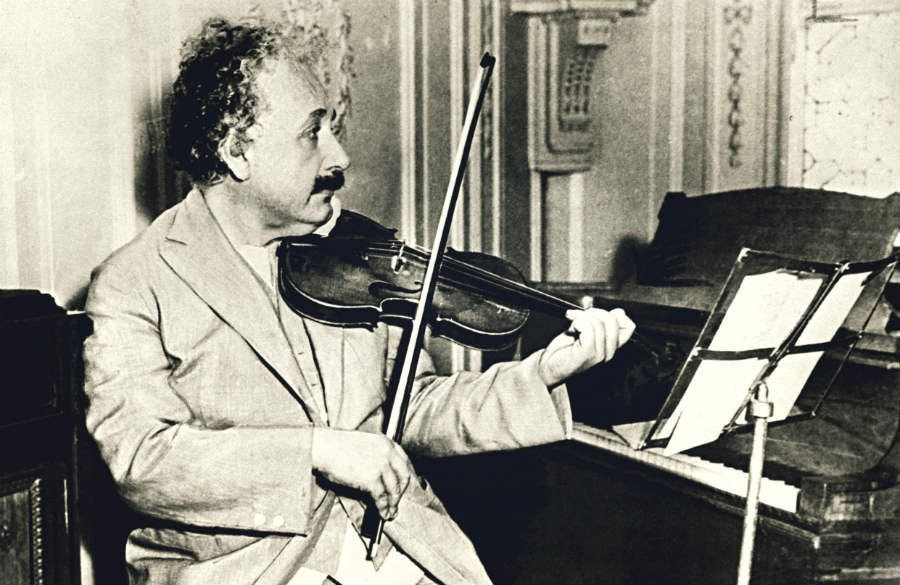After science, Albert Einstein‘s greatest passion was music. He had learned to play the violin in his early years, and perhaps it was then that he first noticed relativity, perhaps seeing it in music theory. Once a music student has learned that any major melody can be played in any of the 12 major Keys, and that any minor melody can be played in any of the 12 minor keys, that student has grasped the essence of Music Theory; the rest is details. The next thing they may learn is that any major melody can be transformed into a minor melody and vice versa; but, of course, the change is far more noticeable. Indeed, such transformation between major and minor is standard in compositional forms, especially the fugue. The point is that the essence of music theory is simply this: It is a theory of relativity. That relativity became absolute with the advent of tempered tuning.
Keep reading with a 7-day free trial
Subscribe to The Musical Platypus to keep reading this post and get 7 days of free access to the full post archives.





